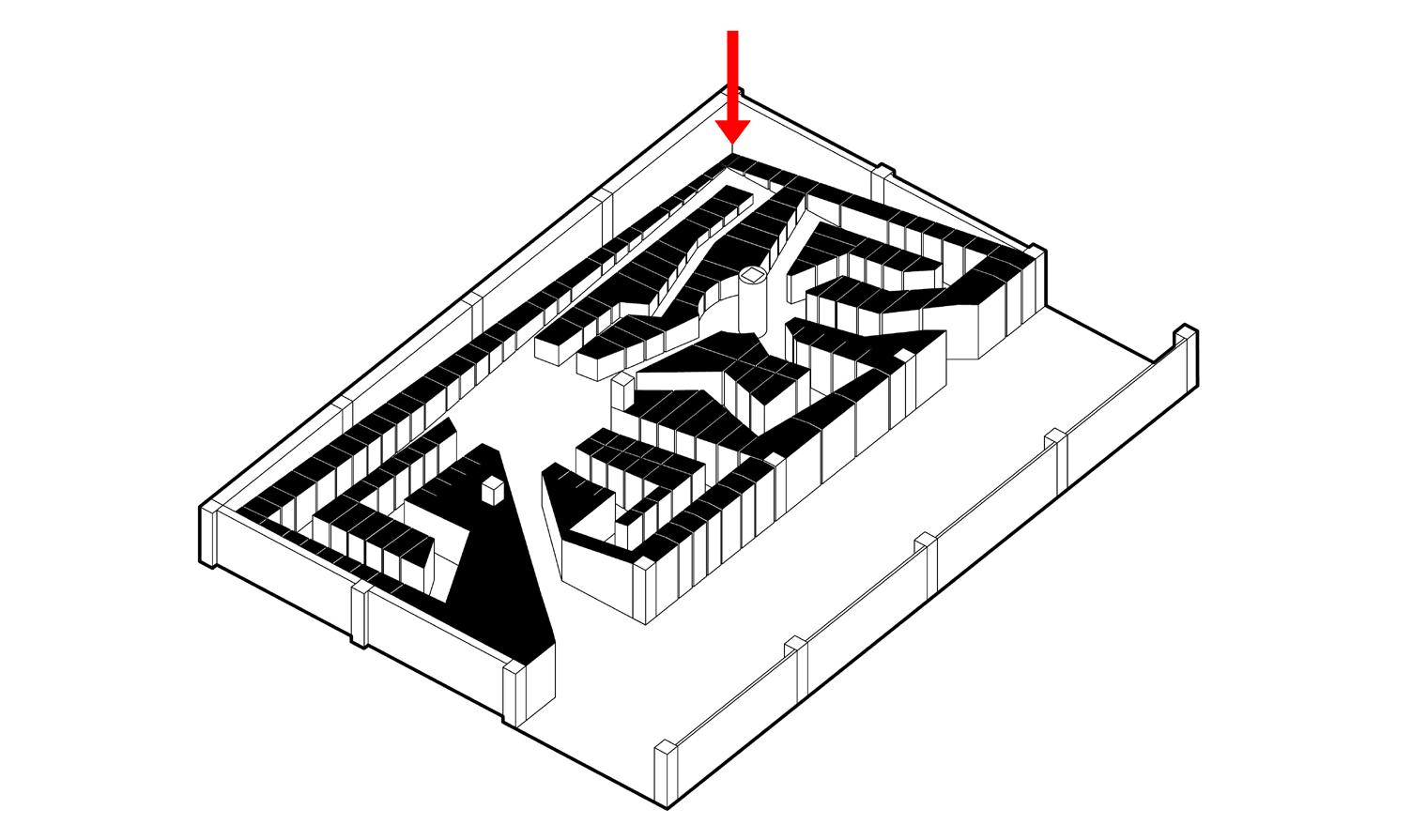
2 minute read
Taipei Exhibition
by 張皓翔
The “vantage point”
Form: Exhibition Form: Exhibition
Advertisement
Type competition
Year 2017
Program exhibition
Location Taipei, Taiwan
Team Carla Chang
Role project leader
Taiwan Student Interior Design Award
3rd prize
Taipei Exhibition
This exhibition was to showcase Taipei city in the context of its international airport. The first priority was to achieve the compact, maze-like atmosphere omnipresent throughout the city. This was done via recreating the “low-rises.” The second was to simulate the experience of viewing the city from the vantage point of a popular mountain trail. Instead of relying completely on elevating the route, the city “low-rises” were pushed down towards its foot. As visitors travel on this “mountain trail,” one senses the compactness decline, giving way to vast openness as the “city skyline” unfolds before them.

The brief was to showcase Taipei, an extremely compact city consisted mainly of low-rises. It is situated within a basin-like landscape, giving residents easy access to the surrounding mountains. The intention from the outset was to simulate such unique experiences within the exhibition. Our first operation was to create path choices. Much like planning for a trip, five routes based on tourist attractions and originating from the airport were mapped and traced accordingly to the site. Negative spaces were then partitioned and extruded, mimicking the low-rises. The second operation was to recreate the experience of viewing the city from a vantage point along the “mountain trail” route. How then can one create a vantage point under the limited ceiling height? The final solution of “pushing down” to achieve what should have been the result of “elevating” was a contradictory one.

What makes “space” such a powerful medium is its ability to generate “Experience.” To forfeit such a disposition is a tremendous waste of potential. Still, the reluctance to incorporate “Experience” as a design tool is not without reason. It is commonly misunderstood as belonging exclusively to the world of subjectivity and thus outside the author’s control. This is a misunderstanding since it is not uncommon for different individuals to Experience more or less the same sensation upon visiting the same space.
knowledge or personal emotions to comprehend the phenomena in front of them, that the Experience become subjective. Hence, while it is not wrong to state that Experience is subjective, it is wrong to deny that it holds a capacity for being objective and universal.
To better understand how one can cultivate “Experience,” one must first understand how humans perceive the world. The reason different individuals perceive the world differently is that we do not actually see the “real” world as it is.2 What we see is only what our brains interpret and conceptualize from the data received through our body’s sensory apparatus. During this process of conceptualizing, factors such as the rationale, empirical knowledge, or personal emotions intervene, playing vital roles in the actual shaping of the final Experience. It is only when one is required to access their empirical
To cultivate an “Experience” that is objective and universal, it is vital to construct it abstractly and intellectually, requiring only the access of basic rationale to be understood and Experienced. For example, people from diverse backgrounds can Experience “traversing from a noisy street to a quiet garden via a disorienting tunnel” more or less in the same way. Such Experience does not require to be “felt” viscerally but is “perceived” intellectually, rendering it capable of being objective and universal.






